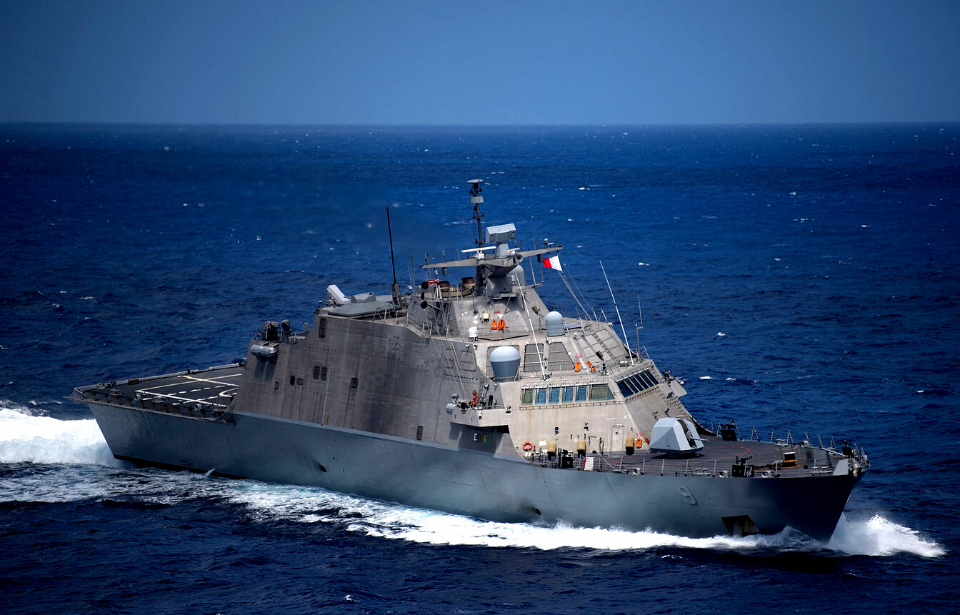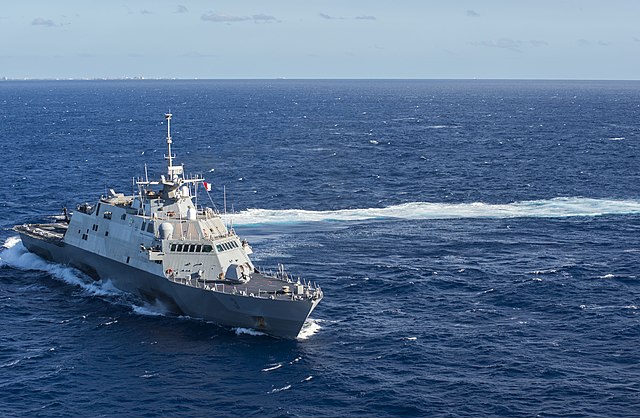In a move that has ignited heated debate, the US Navy has unveiled its intention to decommission a total of 24 ships during the upcoming fiscal year of 2023. This decision encompasses eight vessels that have reached the end of their operational lifespan and an additional 16 ships that are slated for early retirement. However, this proposal is subject to Congressional approval, and a number of representatives have vocally expressed their opposition to the Navy’s proposition.
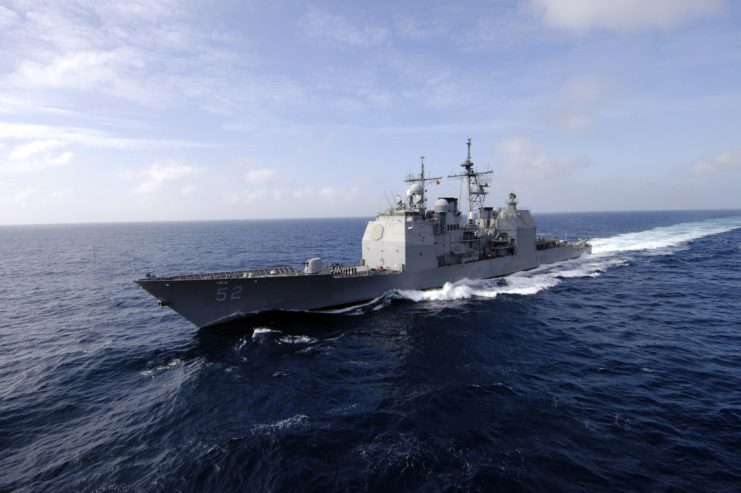
This announcement stands in stark contrast to the Navy’s previous goal, outlined in 2016, which aimed to attain a fleet of 355 manned vessels by the year 2050 to effectively carry out global operations. The current 2023 fiscal year budget presented to Congress contradicts this target, as it calls for the decommissioning of 24 ships while only approving the construction of nine new vessels. As it stands, the Navy currently operates with 298 active battle-force ships.
Among the ships slated for decommissioning, eight vessels are set to retire due to their reaching the end of their service life:
– Ticonderoga-class: USS Bunker Hill (CG-52), Mobile Bay (CG-53), San Jacinto (CG-56), and Lake Champlain (CG-57)
– Los Angeles-class: USS Chicago (SSN-721) and Key West (SSN-722)
– Kaiser-class: USNS John Lenthall (T-AO 189) and Walter S. Diehl (T-AO 193)
Furthermore, 16 ships that are relatively young in terms of service years are proposed for early retirement, notably including nine Freedom-class littoral combat ships. These ships, including the USS Fort Worth (LCS-3), Milwaukee (LCS-5), Detroit (LCS-7), and others, are earmarked for early retirement due to a class-wide defect discovered in 2020. The need for replacement of their combining gears led to additional costs, a burden the Navy will partially bear. Interestingly, this decision follows the cancellation of the Navy’s anti-submarine warfare mission package.
These retirements deviate from the typical operational lifespan of 25 years for naval vessels. Most of the affected ships have been in service for just a short period, ranging from two to 10 years.
The Navy’s proposal also encompasses the decommissioning of ships that have lagged in modernization upgrades. This includes the cruiser USS Vicksburg (CG-69) and four Whidbey Island-class dock landing ships, namely the USS Germantown (LSD-42), Gunston Hall (LSD-44), Tortuga (LSD-46), and Ashland (LSD-48). Additionally, the Navy seeks to retire two Montford Point-class expeditionary transfer docks, the USNS Montford Point (T-ESD 1) and John Glenn (T-ESD 2), despite their relatively young ages of eight and nine years.
The central rationale behind these retirements is cost reduction. The Navy anticipates saving approximately $3.6 billion over a span of five years by discontinuing the operation of the 24 designated ships.
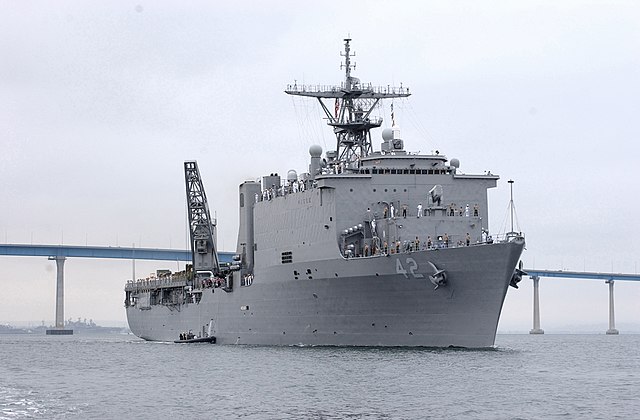
However, this proposal has faced widespread criticism from Congress members and naval experts alike. Critics argue that reducing the fleet size is problematic, especially considering the rapid expansion of China’s Navy. Representative Elaine Luria, a retired Navy commander, expressed her discontent on Twitter, stating that the proposed actions would lead to a shrinking Navy while the call for a 500-ship Navy remains in place.
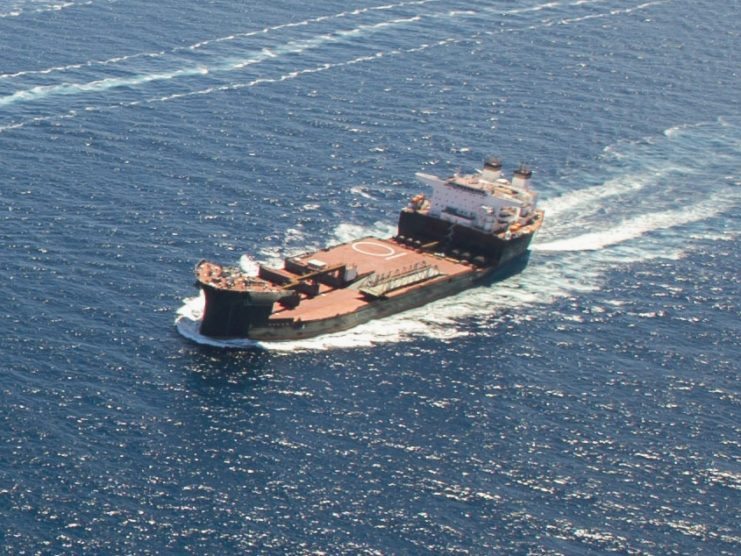
It remains to be seen whether Congress will approve or block the Navy’s decommissioning plans. Navy officials stress the importance of a capable and quality-focused fleet, emphasizing that the qualities and capabilities of US ships exceed those of their Chinese counterparts. While the Navy acknowledges the need for a larger fleet, it is also cognizant of the necessity to maintain a proper balance between size and readiness. Critics, however, counter that a diminished fleet size could lead to increased sailor fatigue and longer, more frequent deployments.
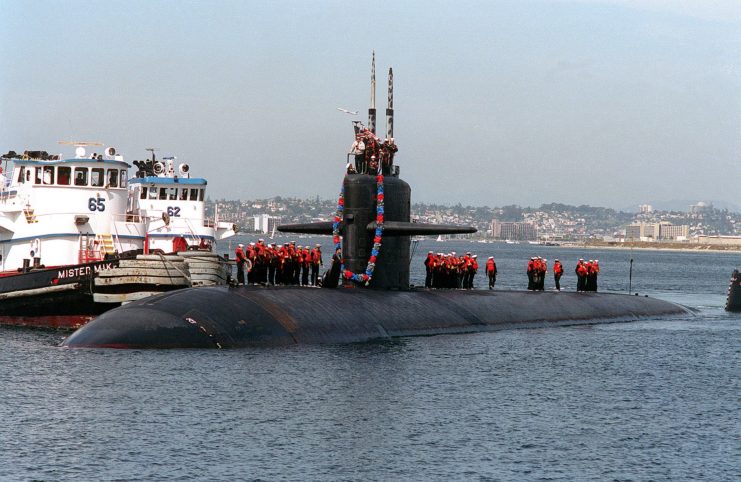
As this contentious issue unfolds, the fate of these ships and the direction of the US Navy’s fleet remain uncertain.
